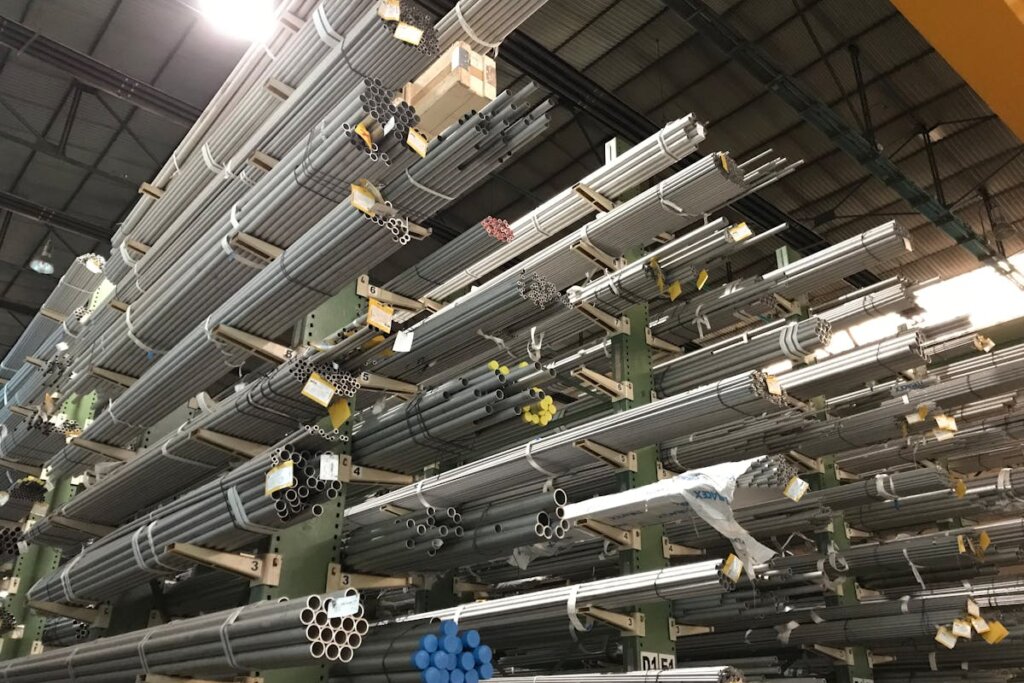
Galvanized steel pipes were once the gold standard for home plumbing systems, especially in houses built before the 1960s. These pipes, coated in zinc to prevent corrosion, seemed like a long-term solution for water delivery. Over time, however, the flaws of galvanized piping have become more apparent.
As the coating wears away and corrosion sets in, many older homes now face serious plumbing problems. If you own one of these homes, it’s important to understand the cost and complexity of replacing galvanized pipes so you can plan ahead.
Replacing galvanized plumbing is no small task. It involves opening walls, rerouting water lines, and sometimes dealing with unexpected issues behind your walls. The financial side of the project can be just as overwhelming as the labor.
Depending on the size of your home, the extent of damage, and the replacement materials used, costs can vary widely. But if you want to avoid leaks, low water pressure, and discolored water, it’s a project you can’t afford to ignore.
Why Galvanized Pipes Cause Problems
Galvanized pipes were used because they were more durable than lead and widely available. The zinc coating on the steel helped prevent rust and corrosion for a time, but this protection is only temporary. As water moves through the pipes, minerals start to build up inside. The zinc wears off, and what’s left is a steel pipe slowly rusting from the inside out.
Once corrosion sets in, the problems begin to multiply. Water pressure drops because mineral deposits clog the interior. Brown or reddish water becomes common due to rust flaking off into your supply. Small leaks begin to form around joints, and in the worst cases, pipes can burst and flood sections of your home.
Insurance providers often view these systems as high risk, and buyers may walk away from a home entirely once they realize the plumbing is outdated.
Understanding why galvanized pipes must be replaced helps explain the urgency and cost of the job. It’s not just about old pipes, it’s about protecting your home’s integrity and long-term value.
Factors That Affect the Cost of Replacement
There’s no universal price for replacing galvanized pipes. Instead, several key factors play a role in how much you’ll spend. These include the size of the home, accessibility of the piping, local labor rates, materials used, and whether you’re also upgrading fixtures or dealing with other repairs.
Smaller homes or single-story properties will naturally cost less to repipe than large multi-level houses. If your pipes are located behind difficult walls or ceilings, labor costs will increase as contractors spend more time opening up and repairing these surfaces. In many cases, replacing the pipes also means patching drywall, repainting, or even replacing cabinetry and flooring that had to be removed.
The type of material you choose also makes a difference. Many homeowners opt for PEX piping due to its flexibility, lower cost, and faster installation. Others go with copper, which is more expensive but known for its durability and longevity. Each has its pros and cons, and your plumber will likely recommend one based on your home’s layout and water needs.
You may also need to consider code upgrades. Some older homes lack modern plumbing features like pressure regulation valves or proper shutoff systems. During a repiping project, it’s common for plumbers to suggest installing these upgrades to bring your system up to current standards.
Average Costs for Replacing Galvanized Pipes
While it’s impossible to give an exact figure without a detailed estimate, most homeowners can expect to pay anywhere from $4,000 to $15,000 to replace galvanized pipes in a standard home. Smaller homes may come in under $5,000 if the plumbing is easily accessible and there are no major surprises behind the walls.
For larger homes, especially two-story properties or those with finished basements, costs can climb higher. A full repiping job in a 2,500 square foot home may run closer to $10,000 or more depending on the complexity of the system. Copper piping will generally raise that cost by another 30 to 50 percent due to material and labor costs.
These numbers may feel daunting, but remember that delaying the replacement can lead to even more expensive damage. Flooded floors, ruined drywall, and mold remediation from pipe failures often cost far more than the plumbing work itself.
Cost Considerations Beyond the Pipes
When budgeting for pipe replacement, it’s important to look beyond just the plumbing itself. Opening up walls and ceilings to access old galvanized lines means you’ll likely need to repair and repaint these areas once the new system is installed. This restoration work adds to your overall cost.
In addition, you may need to pay for permits or inspections depending on local building codes. Most cities require that plumbing upgrades be reviewed by a building inspector to ensure the new system meets modern safety standards. Your plumber or contractor should include these costs in the quote, but it’s worth double-checking.
If you’re upgrading plumbing fixtures during the process, those costs also add up. New faucets, sinks, water heaters, or shutoff valves can enhance performance but also increase your final bill. Some homeowners take the opportunity to relocate pipes or add features like tankless water heaters during the repiping job, which can be smart long-term investments.
How Replacing Pipes Affects Home Value
One of the most common questions homeowners ask is whether replacing galvanized pipes will increase their home’s value. The short answer is yes. Plumbing is a key part of any home inspection, and outdated systems like galvanized pipes are red flags for buyers.
A home with new plumbing is much more attractive to prospective buyers because it means fewer headaches, less maintenance, and no looming water damage. It also removes barriers with lenders and insurance providers, who may hesitate to approve loans or coverage for homes with aging pipes.
Even if you’re not planning to sell right away, replacing galvanized pipes improves your home’s livability and helps you avoid the kinds of emergency repairs that can disrupt your life and drain your savings. It’s a smart investment that offers both immediate peace of mind and long-term benefits.
Financing Options for Plumbing Replacement
If the cost of replacing your pipes feels out of reach, you do have options. Many contractors offer payment plans or financing programs to help homeowners spread the cost over time. Some utility companies also provide low-interest loans for energy and water efficiency upgrades.
Home equity loans or lines of credit are another way to cover major home improvements. In some cases, the interest paid on these loans may be tax deductible, making them more affordable in the long run. Always compare interest rates and repayment terms to make sure you’re choosing the best solution for your budget.
You can also look for local or state programs that assist with home improvements, especially if your home is historic or located in a revitalization area. While not common, grants and subsidies may be available in some regions to help offset repair costs.
Final Thoughts
Replacing galvanized pipes in an older home is not a small job, but it’s one of the most valuable improvements you can make. It eliminates health risks, improves water pressure and quality, and removes a major obstacle for future buyers. While the cost can be significant, the return on investment in safety, comfort, and property value makes it worthwhile.
If you’re unsure about your home’s plumbing or suspect that corrosion is beginning to affect your water quality, it’s a good idea to schedule a plumbing inspection. Getting ahead of the problem now can save you from costly damage later and give you time to plan your upgrade without pressure.

